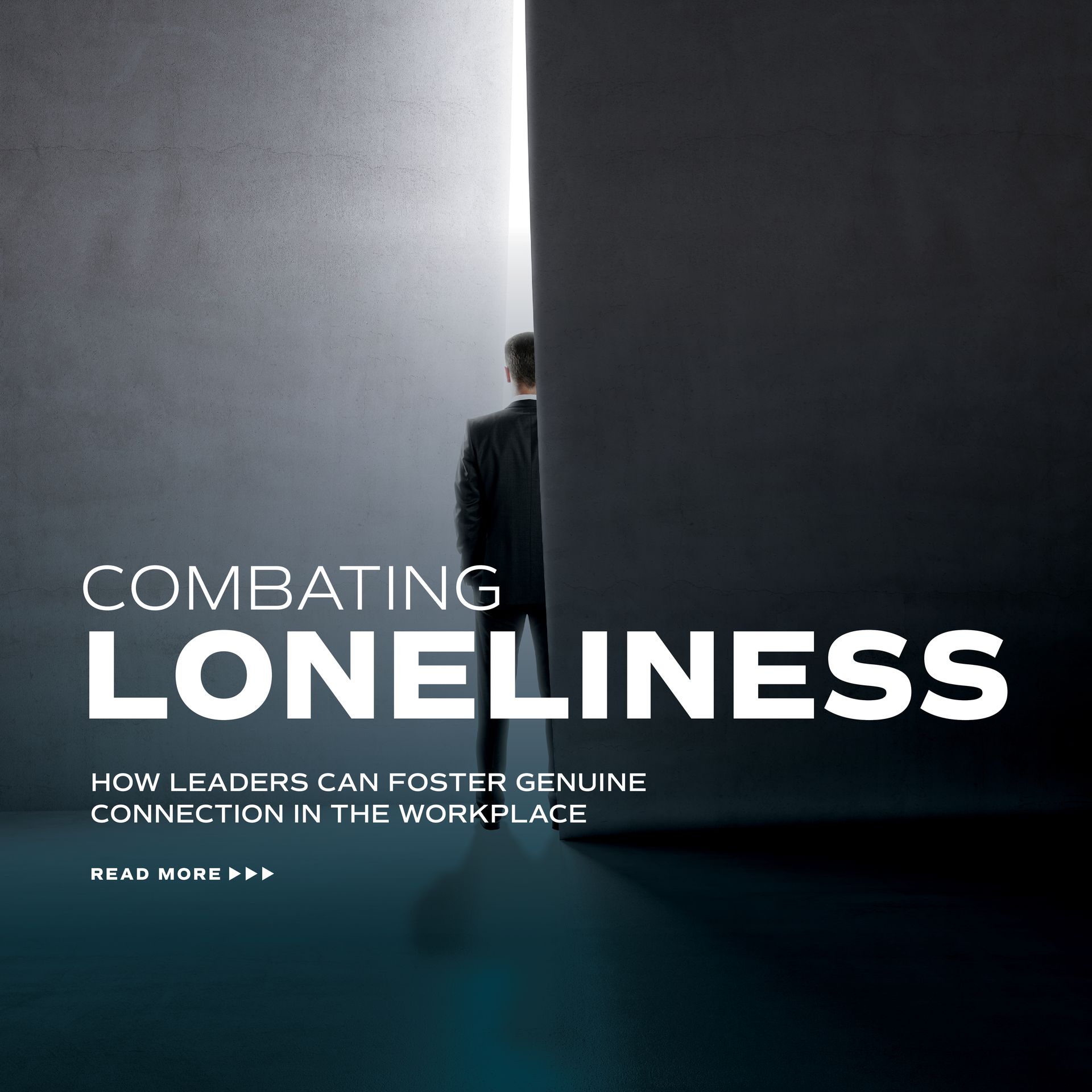CONTACT US
Leading with Wisdom
The Power of Situational Leadership
In the ever-evolving business landscape, the best leaders don’t rely on a one-size-fits-all approach. Instead, they adapt their leadership style based on the situation, team dynamics, and individual needs. This approach, known as
Situational Leadership, empowers leaders to guide their teams effectively while fostering growth, accountability, and performance excellence.
Understanding Situational Leadership
Situational Leadership is built on the principle that there is no universally effective leadership style. The most impactful leaders assess their team members’ readiness, competence, and commitment, then tailor their approach accordingly. This model is particularly valuable in Christian business leadership, where servant leadership and stewardship align with adapting to the needs of those we serve.
"54% of leaders use only one leadership style, regardless of the situation," which means half the time, leaders are using the wrong approach.
Ken Blanchard, Co-Creator of the Situational Leadership Model (Blanchard)
The Four Leadership Styles
- Directing – Best suited for team members who are new or lack confidence in their roles. Here, leaders provide clear instructions, close supervision, and structured guidance to build competence.
- Coaching – For employees with some experience but still in need of guidance, coaching blends direction with encouragement. Leaders clarify expectations while fostering problem-solving skills and confidence.
- Supporting – As team members gain proficiency, leaders shift towards a supportive role, encouraging autonomy while remaining available for guidance. This builds trust and accountability.
- Delegating – When employees demonstrate both competence and commitment, leaders empower them with full autonomy. This not only boosts efficiency but also cultivates a culture of ownership and innovation.
Applying Situational Leadership in Business
Implementing Situational Leadership requires self-awareness and a deep understanding of your team’s capabilities. Leaders must ask: Where is this person in their development? What level of support do they need? Adjusting your leadership style accordingly fosters a thriving workplace culture built on trust and adaptability.
The Apostle Paul embodied adaptive leadership, stating, "I have become all things to all people, that by all means I might save some" (1 Corinthians 9:22-23). His ability to tailor his approach to different audiences is a biblical example of leadership flexibility.
Assessing Employee Readiness
Every employee possesses unique strengths and areas for growth that impact their level of effectiveness, depending on the task at hand. The Situational Leadership Model categorizes employees into four levels:
- D1: Enthusiastic Beginners – Low competence, high commitment
- D2: Disillusioned Learners – Some competence, low commitment
- D3: Capable but Cautious Contributors – Moderate to high competence, variable commitment
- D4: Self-Reliant Achievers – High competence, high commitment
Matching leadership styles to these readiness levels ensures employees receive the guidance they need without unnecessary micromanagement or premature delegation (Center for Leadership Studies).
Why it Matters Now
The modern workforce is increasingly diverse, with employees at various skill levels, motivations, and backgrounds. Leaders who embrace Situational Leadership are better equipped to navigate challenges, drive innovation, and mentor future leaders. Research indicates that using the Situational Leadership Model increases productivity and improves employee job satisfaction (Harvard Business Review).
Lead with Purpose—Join C12
Christian business leaders need a community of like-minded peers who can provide guidance, accountability, and encouragement in leadership. C12 offers a transformative platform where CEOs and business owners engage in strategic discussions, applying biblical principles to real-world challenges.
Discover how C12 can help you refine your leadership approach and drive Kingdom-minded success. Join us today!











